Pakaging Copywriting
Packaging Copywriting that makes your product leap off the shelf.
You’ve spent months or years developing and perfecting a fantastic product and then you’ve spent days or weeks mulling over the size, shape and colour of the box, tin, glass, carton or bag. Once they’ve drawn the shoppers eye, they’ve done their job. Now that your product is in their hands, they have a buying decision to make. That’s why a great product and packaging design need equally great packaging copywriting.
It’s the packaging copywriting that provides customers with the key information and reassures them that they’re buying the right product. Effective packaging copywriting does more than describe the product – it delivers the core message, communicates brand personality, highlights key benefits and USP’s and ultimately influencing consumer behaviour and purchasing decision.
From shelf to checkout: The Importance of package description writing.
Effective packaging copywriting is crucial for capturing consumer attention and driving sales. To achieve this, it’s essential to understand your target audience and craft concise, engaging messages that highlight your product’s unique selling points. Utilizing bold, eye-catching fonts can enhance visibility, while storytelling elements can create an emotional connection with consumers.
Incorporating bullet points allows for easy scanning of key benefits and maintaining a clear, conversational tone fosters trust and relatability. Each panel of your packaging should serve a distinct purpose, collectively reinforcing your brand’s identity and value proposition.
Box clever: Packaging copywriting that sells.
For simplicity’s sake, let’s use a box. You’ve typically got six sides, each with a distinct purpose and most of which will be taken up with design, product name, logo, instructions, barcode, disclaimers, ingredients, warnings and any other information required. The size and positioning of all this will dictate how much space there is for sales copy. As well as working in isolation, each panel has to work in combination.
But before you start writing, ask yourself how much of the packaging will be visible on the shelf? What will the customer see first? How will the packaging appear on a display with multiple items? How will it compare next to a competitor’s product? It’s important to remember that, once removed from the shelf, your product can be viewed from any angle, making each panel of your box equally important.
Define your goals
Before you start writing, clearly define your key objectives. Are you emphasizing unique product benefits, cost, sustainability or ease of use?
Know your audience
You need to know the target consumer and understand their needs and pain points. This will inform the style and tone of your messaging.
Keep it concise
Consumers make purchasing decisions in seconds, so packaging copy needs to be short, straight to the point and scannable, using bullet points to highlight key information.
Consistency is key
Your packaging copy should align with your brand’s personality. A playful, informal brand can use light, engaging copy, while a high-end brand may opt for a more refined and professional tone.
Clarity over creativity
While creativity can help a product stand out, clarity is crucial – telling customers immediately what the product is, how it works and why they should choose it over competitors.
Benefits not features
Consumers want to know what your product does for them. Instead of just stating ingredients, highlight benefits—like argan oil providing deep hydration and frizz control in shampoo.
Calls to action
Encourage engagement beyond the shelf. Direct customers to visit your website, follow your social media, ask questions or or share their experiences online.
Legal compliance
Different markets have regulations governing product labelling. Ensure your packaging copy meets all necessary legal standards, including ingredients, allergy warnings and country-specific labelling rules.
Front Panel
This is prime real estate for creating a strong first impression. It should be visually engaging and include a compelling tagline that encapsulates the product’s key benefit.
Side Panels
These often contain secondary details like additional benefits, usage instructions or branding elements. Stick to a defined word count and use bullet points to highlight features.
Back Panel
This is where you provide in-depth information such as ingredients, specifications, certifications or a compelling brand story.
Top & Bottom Panels
These can be used for additional branding, regulatory information, or even an engaging call to action such as social media handles or sustainability messages.
Looking for an experienced packaging copywriter?
Investing in professional packaging copywriting is essential for capturing consumer attention and driving sales. I have created names, taglines and packaging content across most sectors including food and beverage, cosmetics and beauty, health and wellbeing, electronics and gadgets, luxury goods and lifestyle products. I can ensure that your product stands out on the shelf and persuades buyers at the point of purchase.. If you’re launching a new product or designing a product rebrand, give me a call on +44 (0) 7715 171286, email me at info@tmrigby.com or complete the contact form.
My Top 10 Tips for Effective Packaging Copywriting
- Be Clear and Concise: Write simply and directly. Ensure customers instantly understand what your product is, who it’s for and why it matters – within seconds.
- Highlight Key Features: Emphasise standout product features like ‘organic’ ‘recyclable’ or ‘fast-acting’ to grab attention and differentiate your product on the shelf.
- Incorporate Brand Personality: Reflect your brand’s tone – witty, premium, eco-conscious etc – so packaging copy feels consistent, memorable and emotionally engaging.
- Use Persuasive Language: Inspire action with emotive, benefit-led language like ‘feel energised,’ ‘glow naturally’ or ‘wake up refreshed’” Make them want it now.
- Maintain Brand Consistency: Use tone, vocabulary and messaging that align with your wider brand identity to ensure consistency across all touchpoints.
- Focus on Benefits Over Features: Highlight how the product improves the customer’s life, not just what it does. Think: ‘Soothes dry skin fast’ rather than ‘contains aloe vera’.
- Use Bullet Points or Lists: Make key info easy to skim with short lists. Ideal for benefits, ingredients, or usage instructions when space is limited.
- Avoid Jargon: Keep it simple. Use plain English your audience understands. Avoid technical or niche terms that may confuse or alienate.
- Include a Clear Call to Action: Encourage action with phrases like ‘Try it today,’ ‘Visit our website’ or ‘Peel to open’ – depending on the product and goal.
- Test and Refine, Gather feedback, test versions and tweak language to improve clarity, engagement and sales. Packaging copy should evolve with customer expectations.
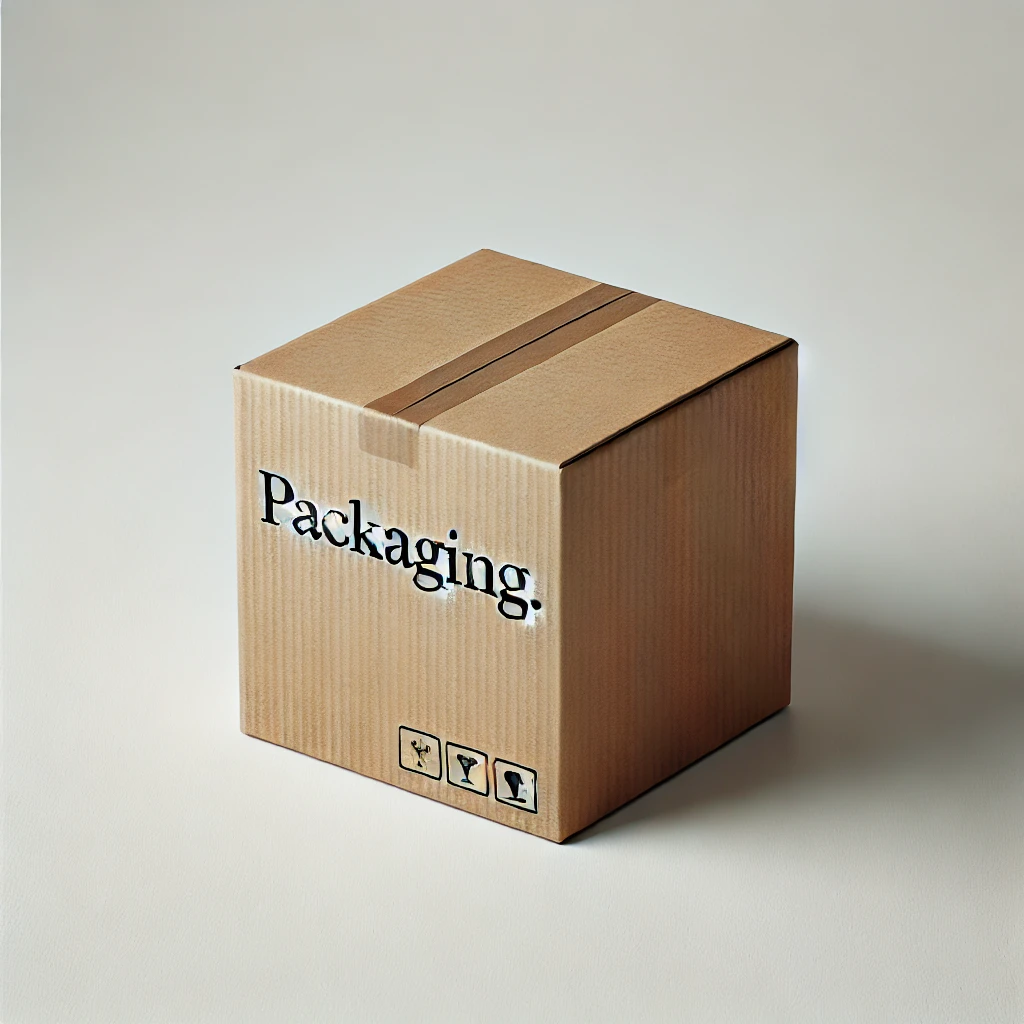
Packaging Copywriting FAQS
What is packaging copywriting?
Packaging copywriting involves crafting persuasive and informative text on product packaging to attract customers, engage with them directly, communicate essential information and highlight key benefits -ensuring that your product stands out in a competitive retail market.
How much text should be on packaging?
Packaging space is limited, so copy should be minimal yet impactful. Use short sentences, bullet points and clear messaging to communicate benefits quickly. Every word must serve a purpose, ensuring consumers grasp key information in just a few seconds.
Why is effective copywriting important for product packaging?
Strong packaging copy – distinctive tone of voice, memorable tagline, benefit-driven messaging -communicates what sets your product apart, whether it’s quality, cost, sustainability or unique features and helps establish a connection and make your product instantly recognisable.
What legal considerations are involved in packaging copywriting?
Regulations vary by industry and region, but packaging must comply with labelling laws, ingredient disclosures, safety warnings and accuracy standards. Ensuring compliance helps avoid legal issues and builds consumer trust by providing transparent and truthful product information.
What should be included in packaging copy?
Packaging copy should include a strong product name, tagline, key benefits, usage instructions, brand story, legal disclaimers and a call to action. Prioritizing clarity, emotional appeal and differentiation helps make the messaging more impactful.
How does packaging copy influence consumer behaviour?
Well-written packaging copy grabs attention, conveys product benefits quickly and creates an emotional connection. It reassures consumers, builds trust and nudges them toward purchase decisions by addressing their needs, solving pain points and reinforcing brand credibility.
These are just a few of the businesses and brands that have trusted me with their words.





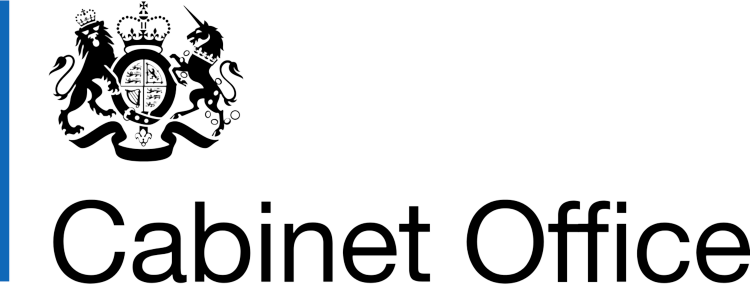

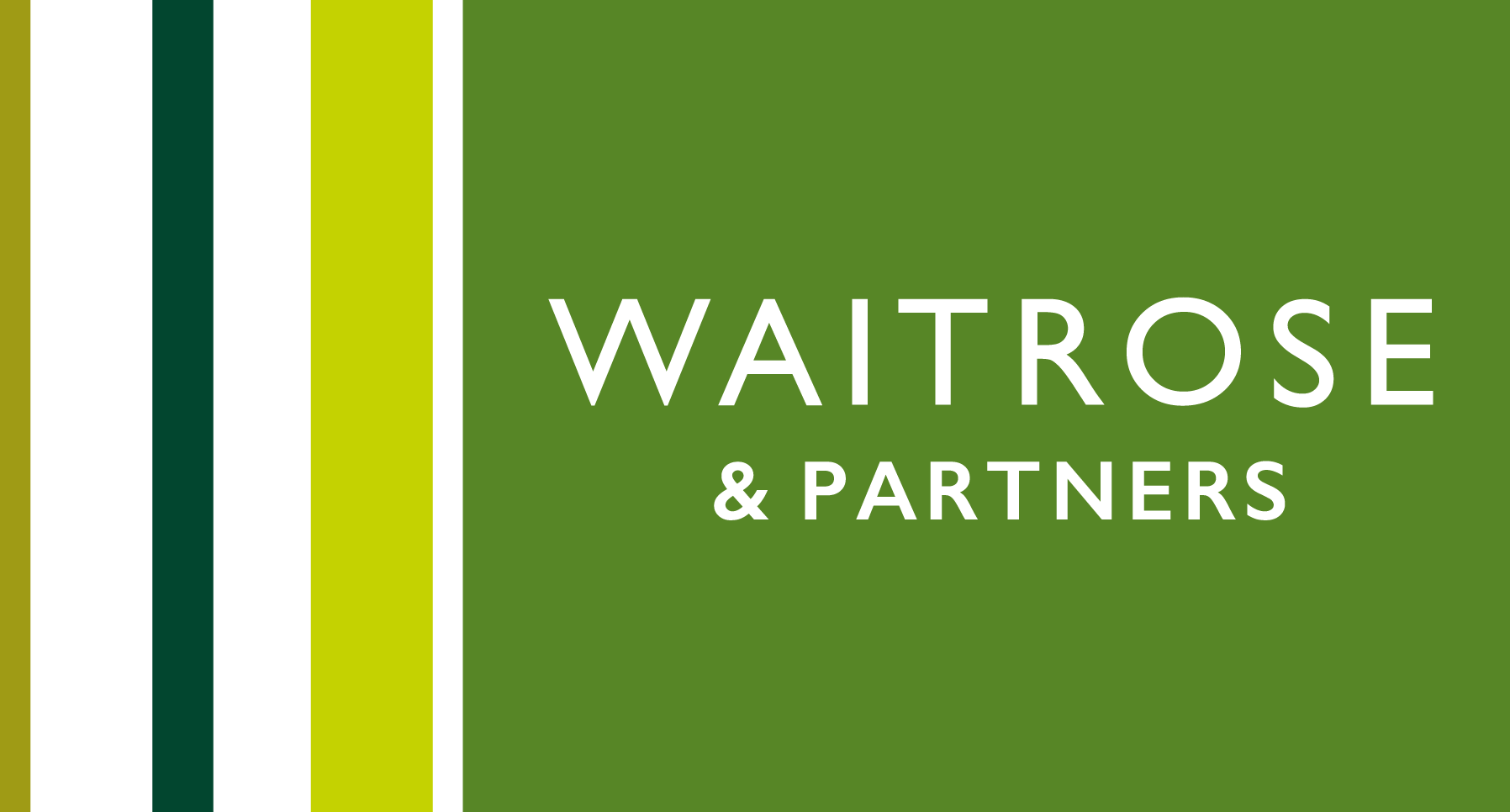
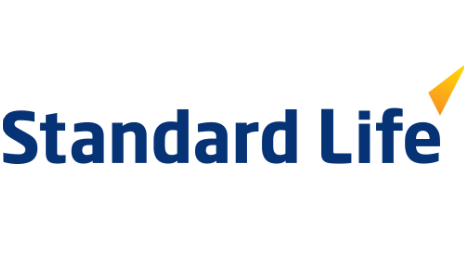
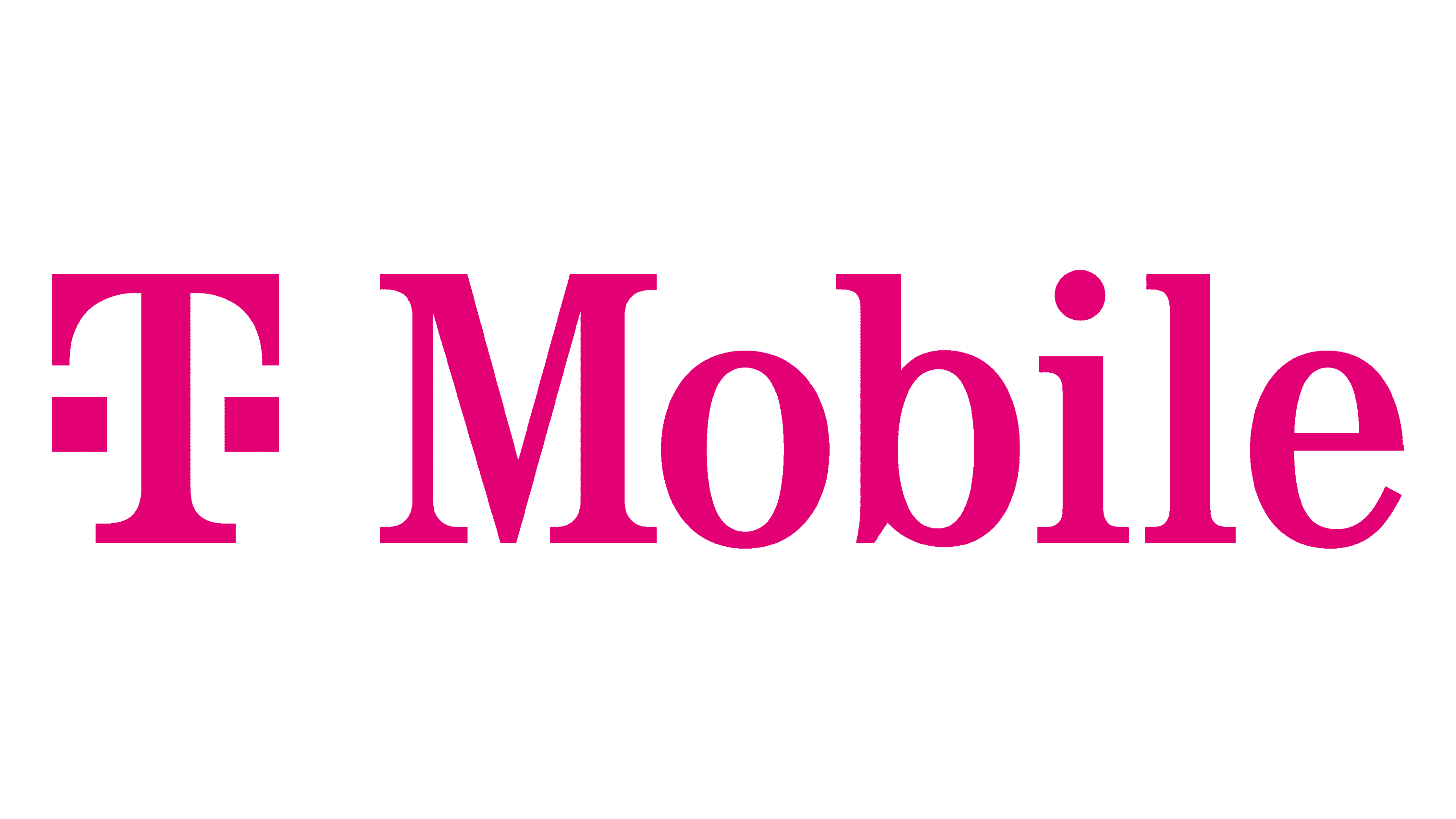
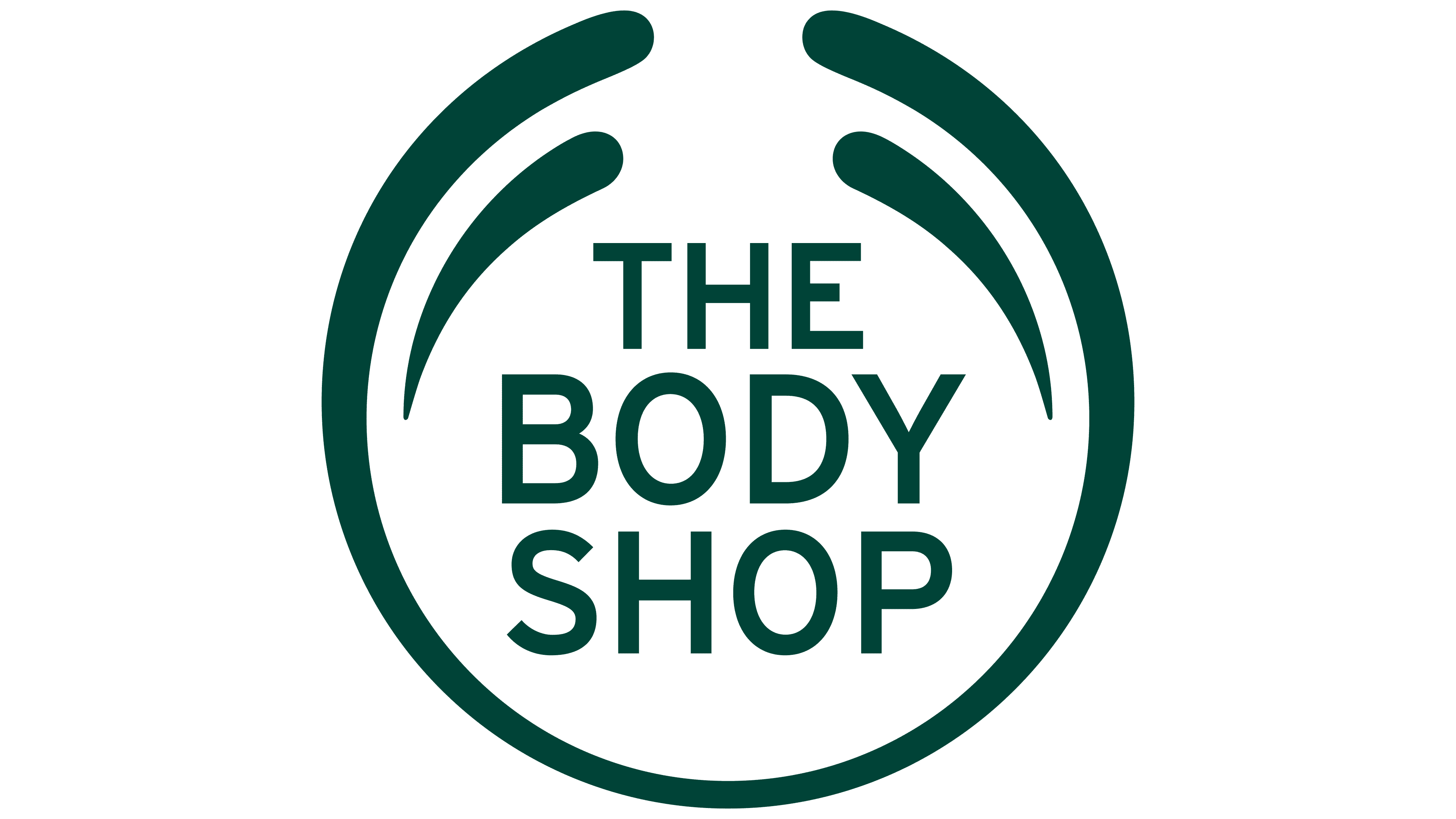




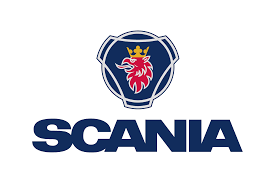
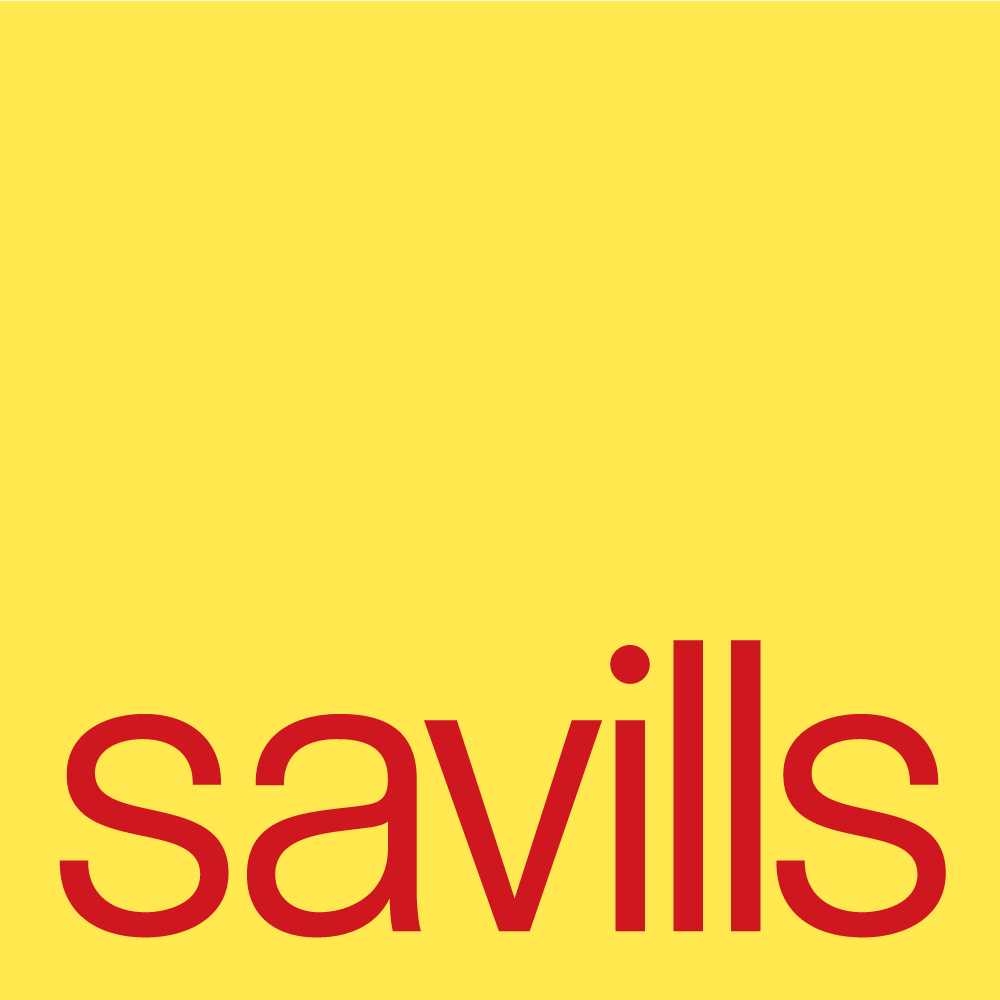

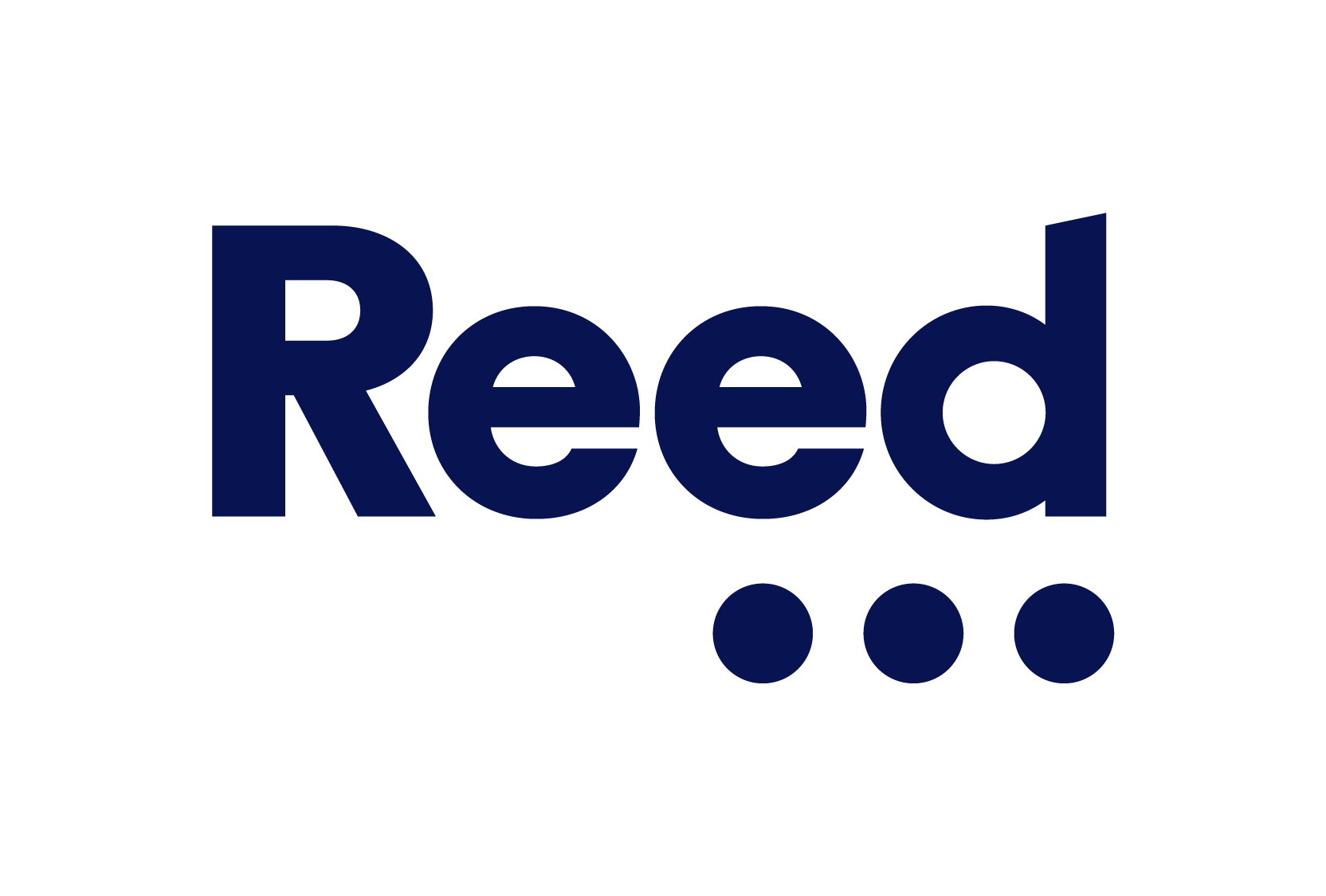
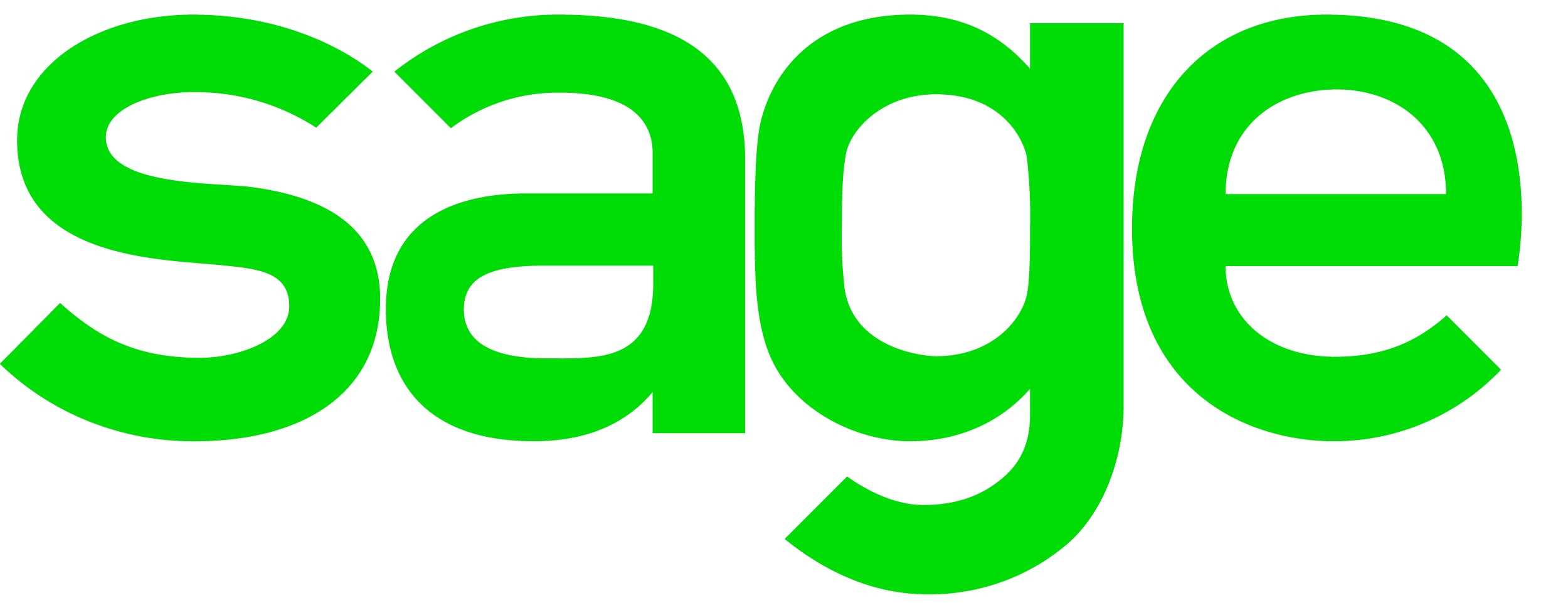
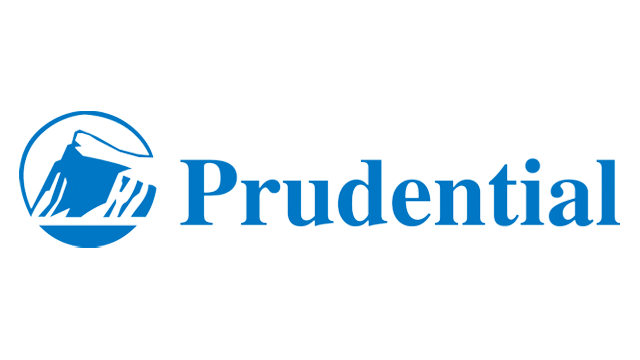


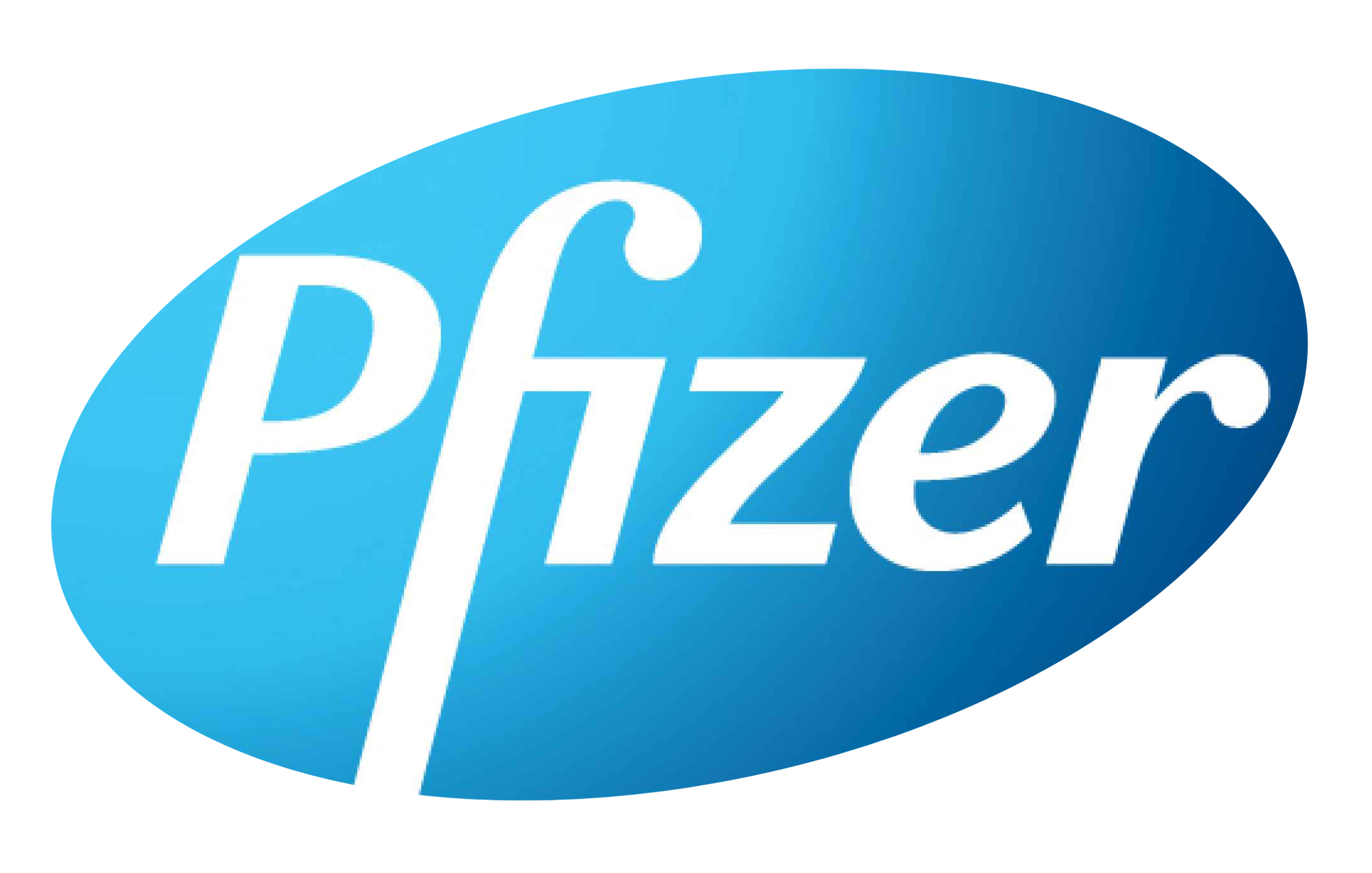
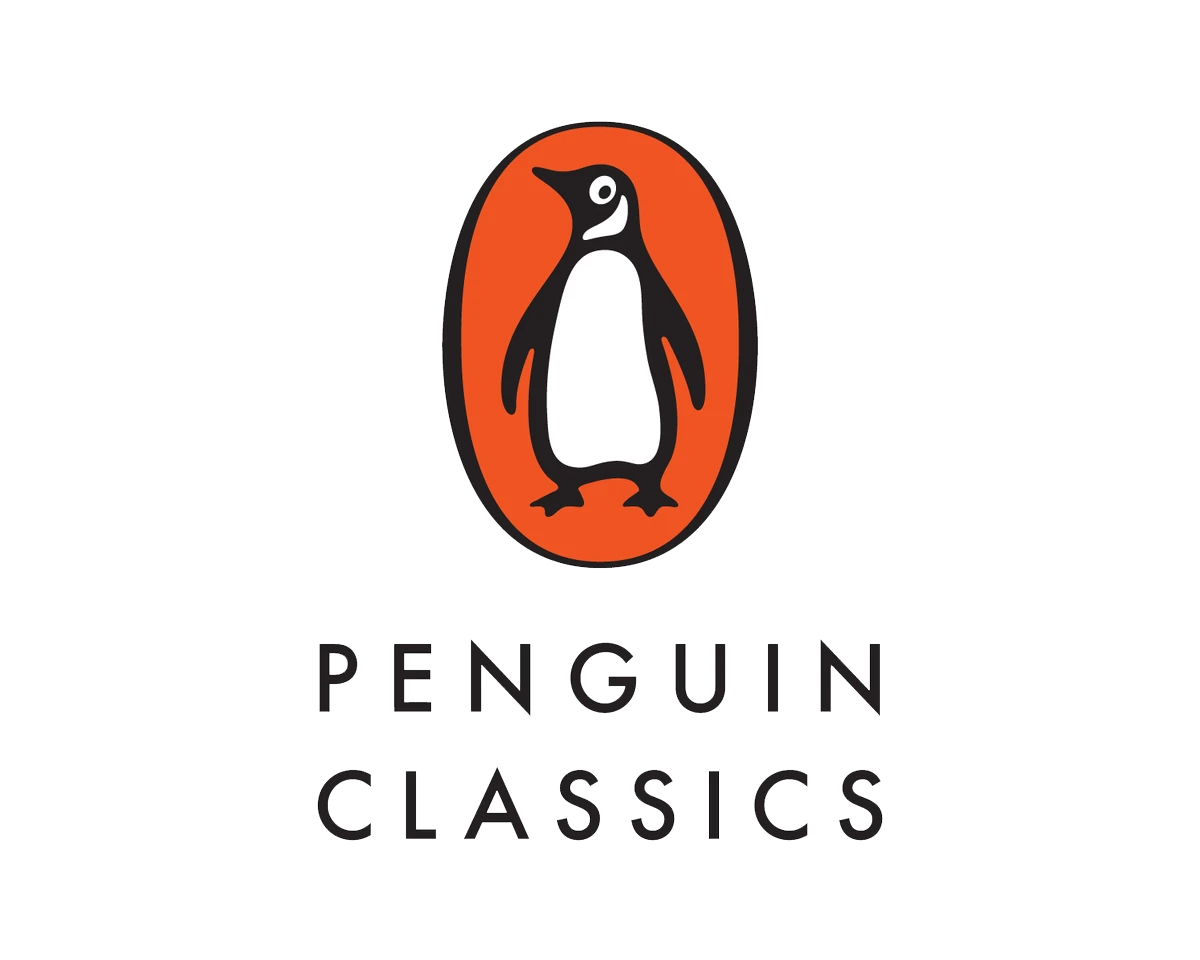
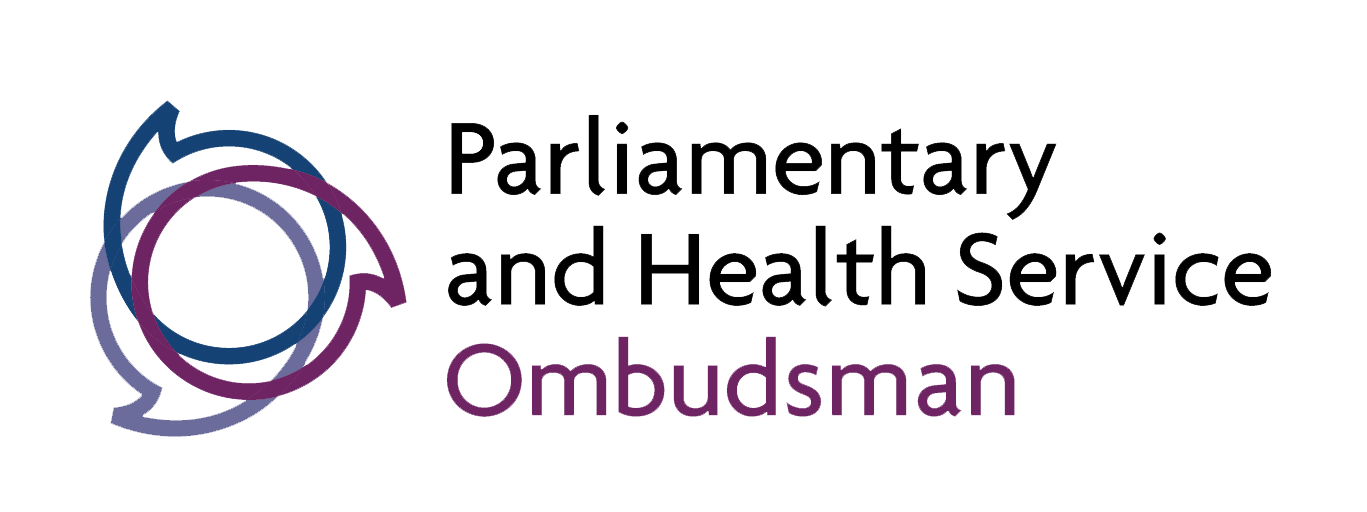

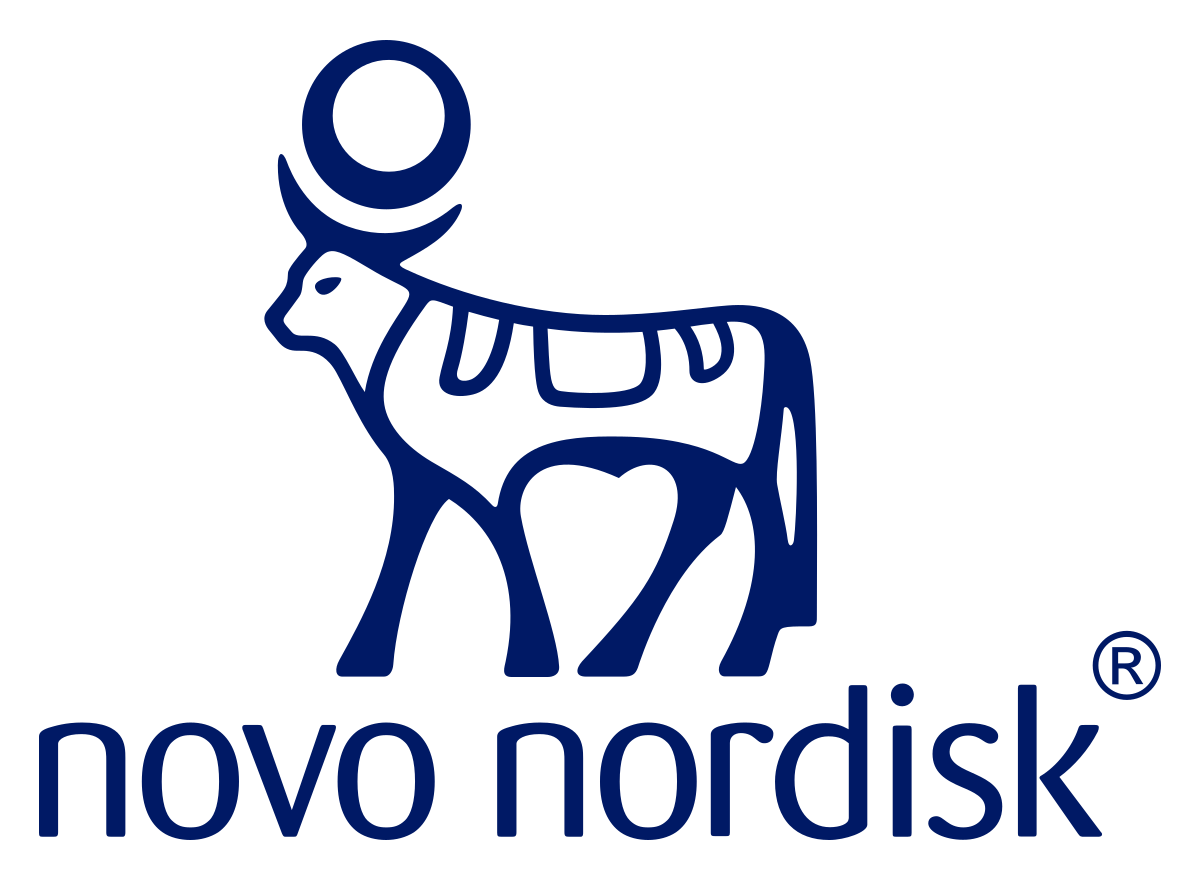

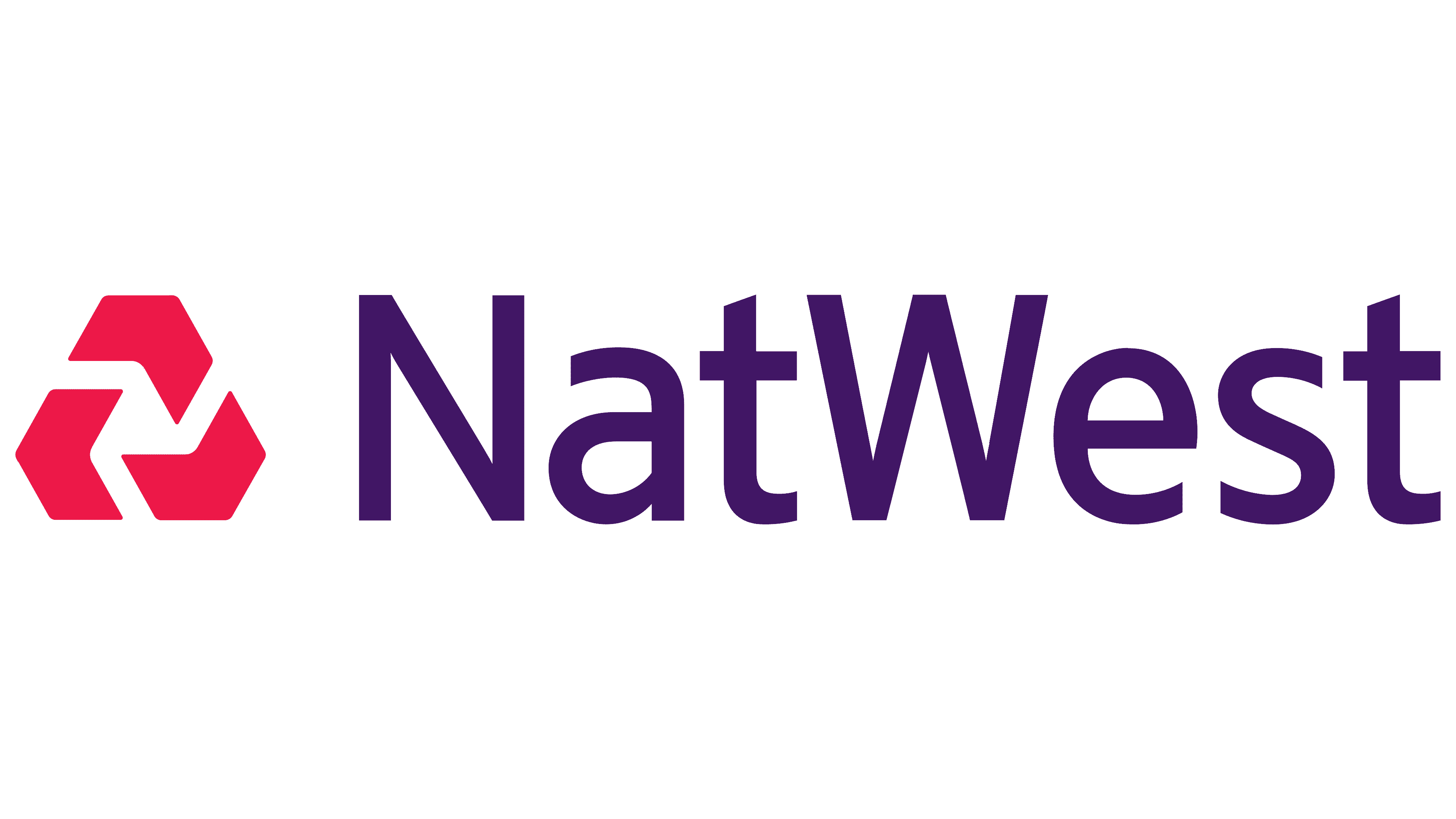


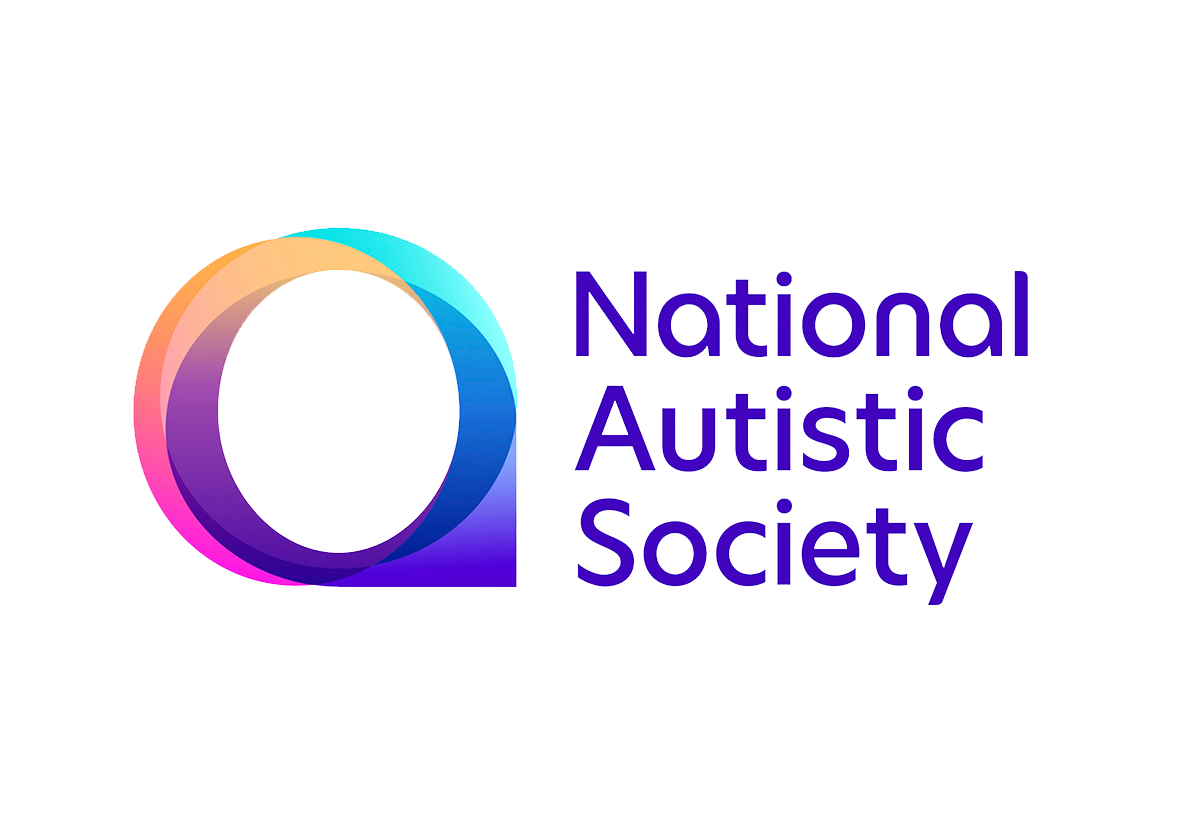



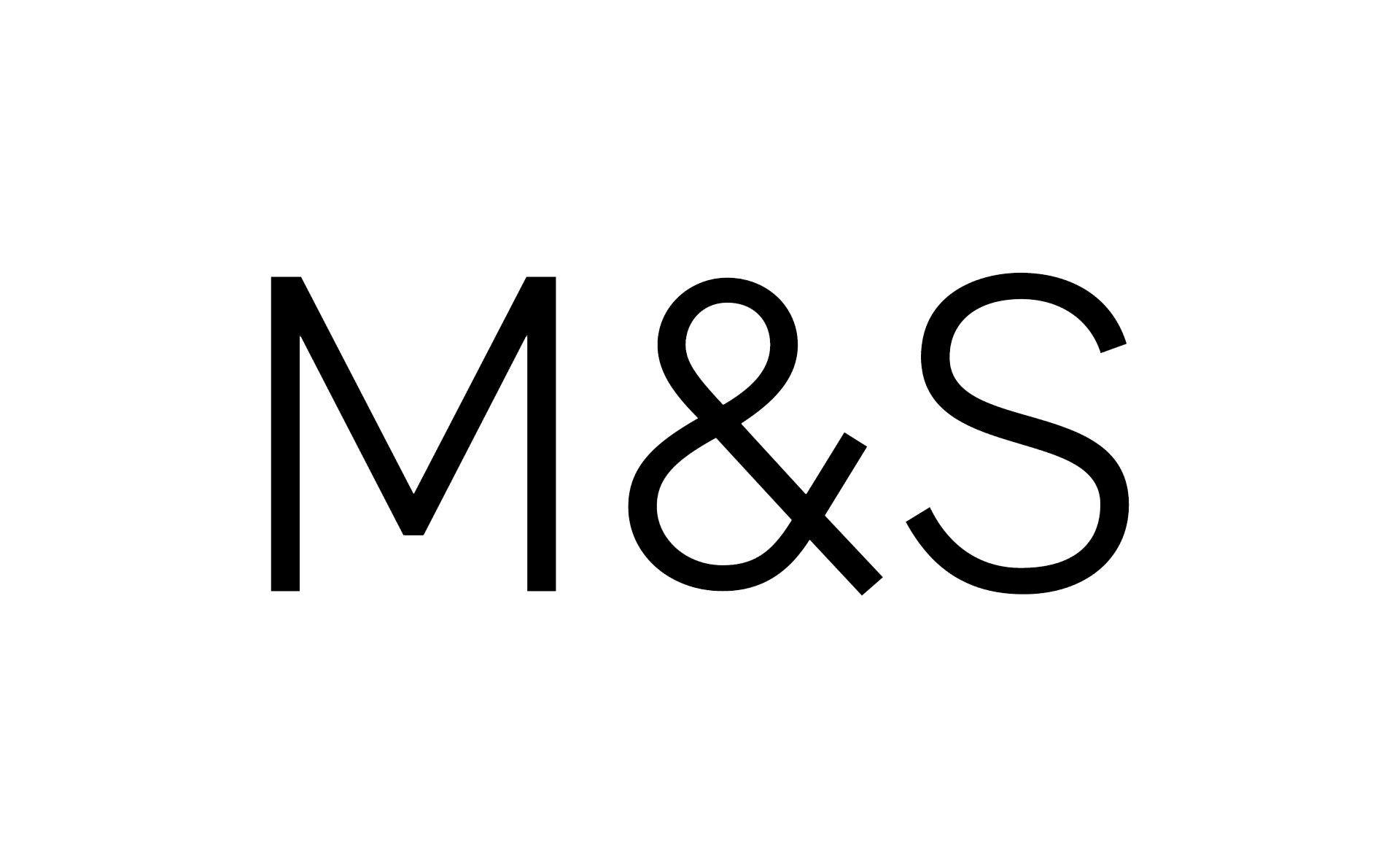

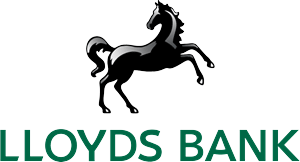

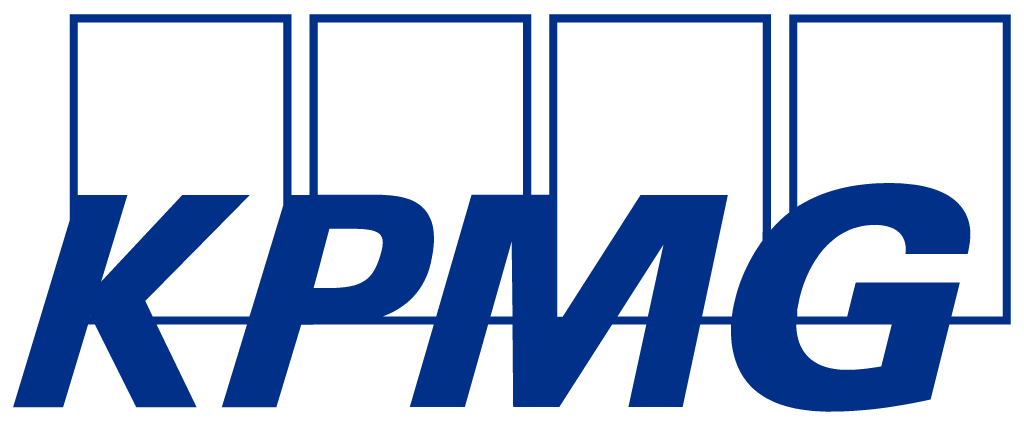
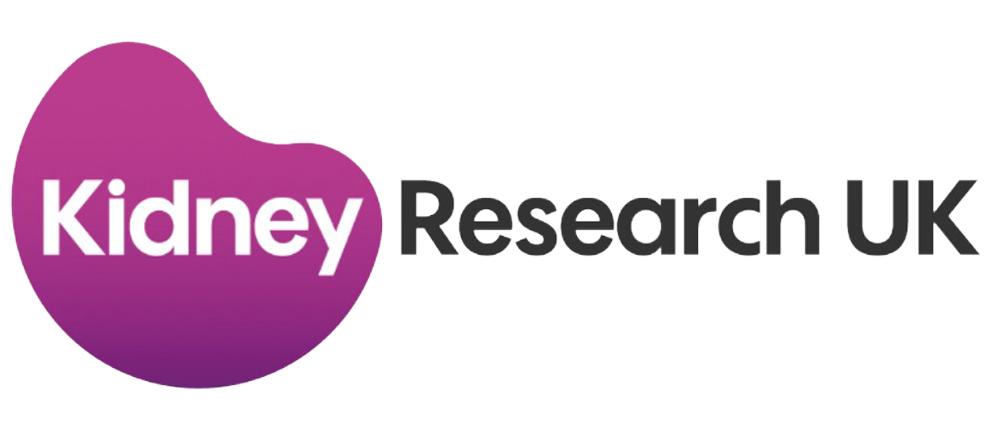



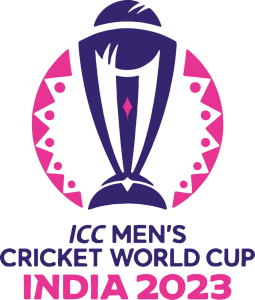





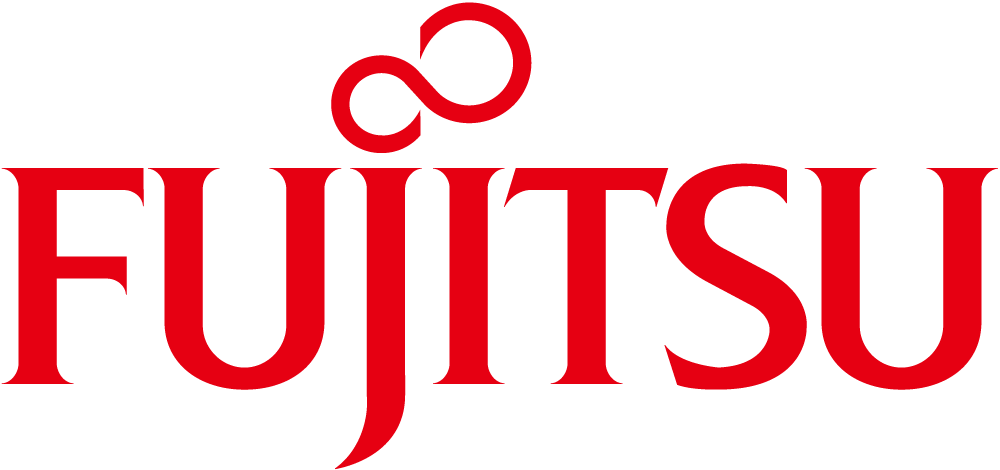


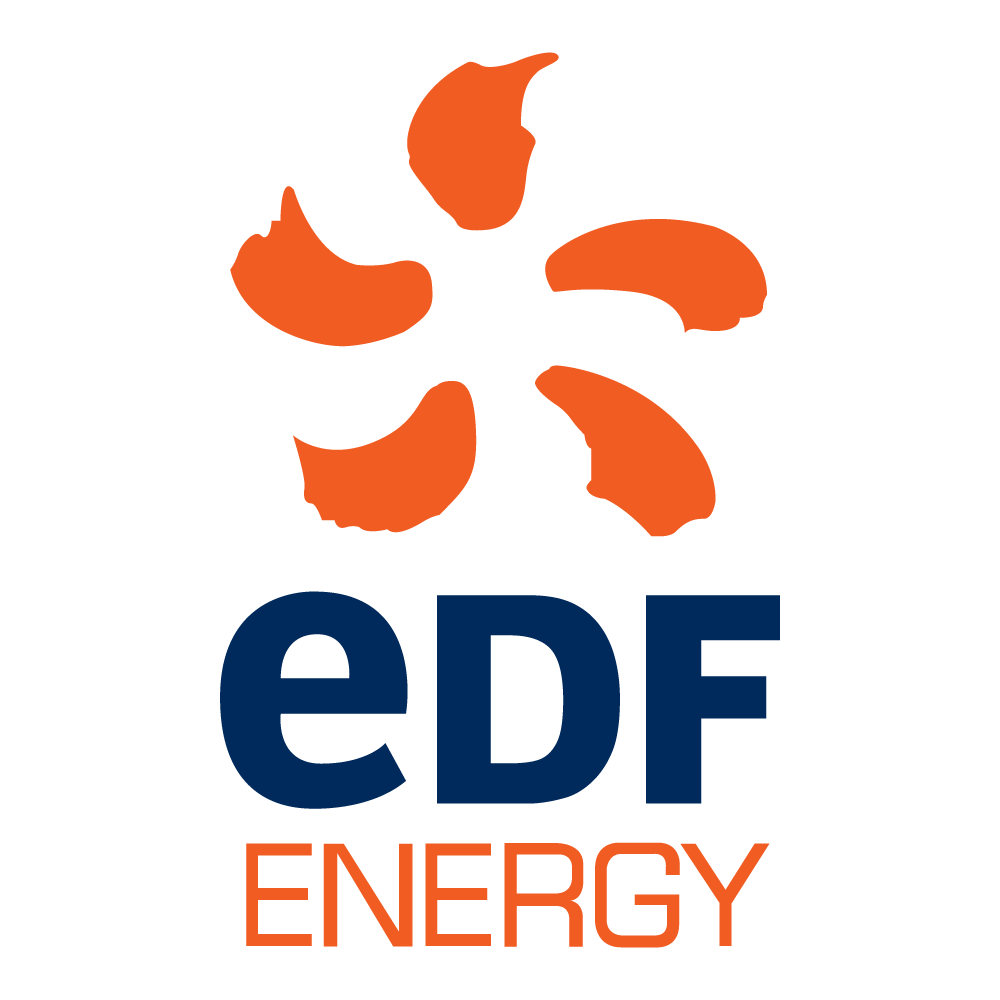


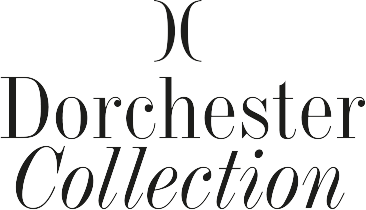







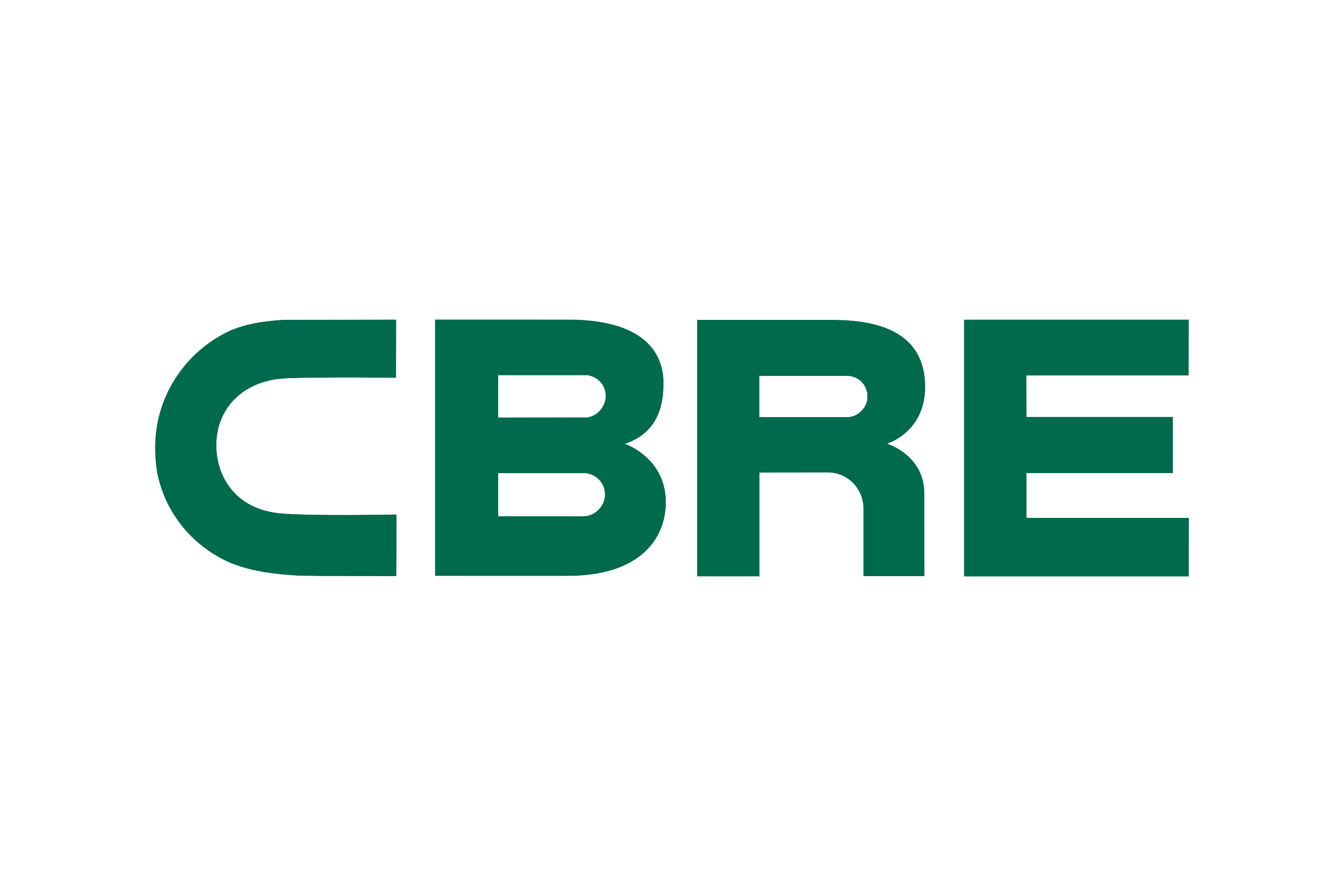


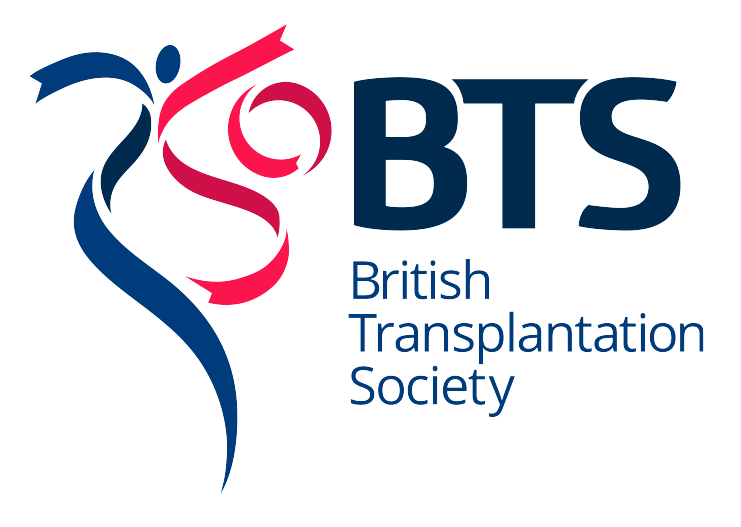



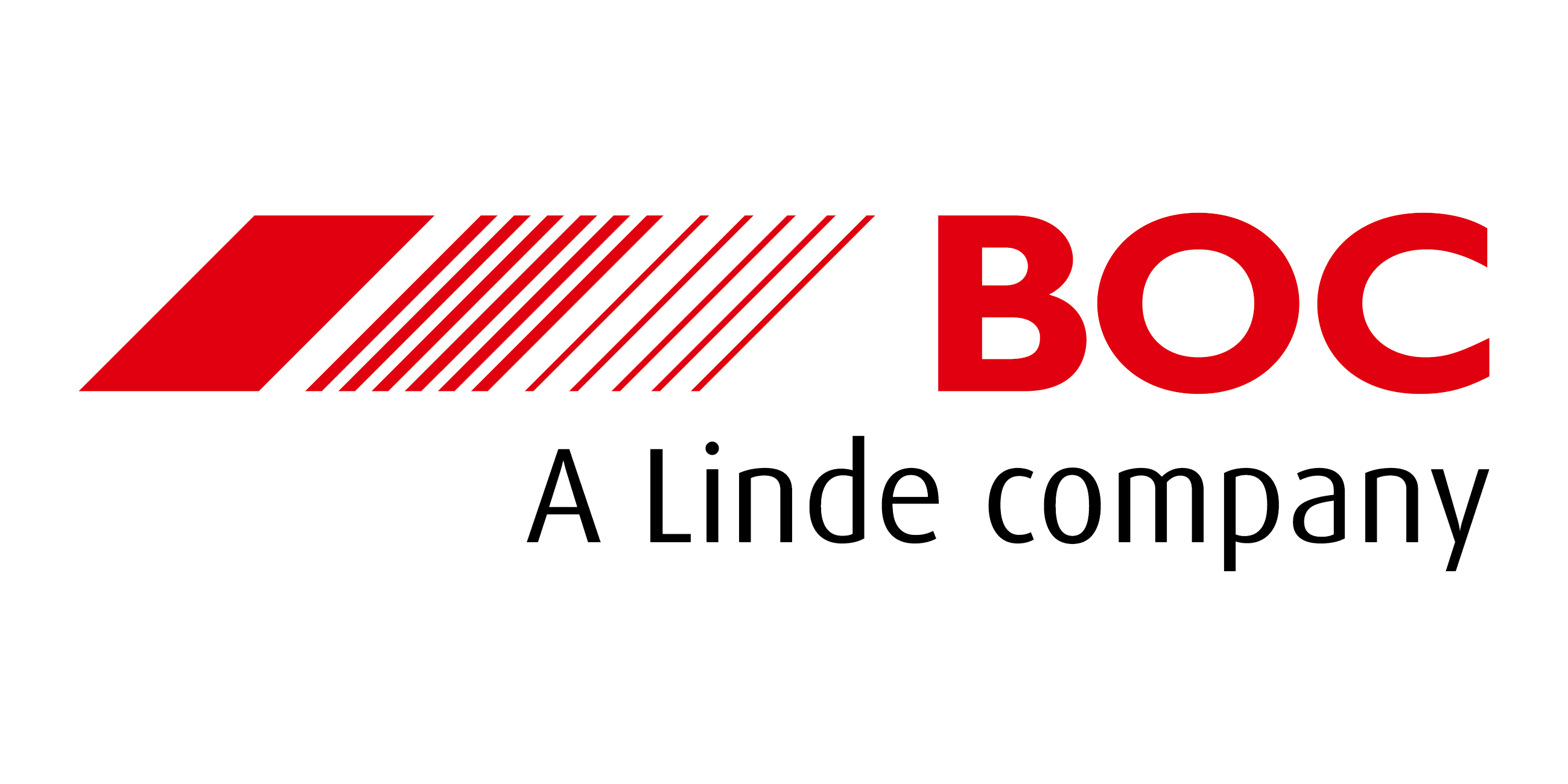

Writing is the most fun you can have on your own
His strategic and creative approach to content development resulted in our most compelling case for support yet.
Without doubt, the best copywriter I’ve met.
Tom’s input into the vision document for Curzon Wharf played a pivotal role in envisioning the regeneration of this part of Birmingham.
Tom is a talented storyteller who I would highly recommend to any charity.
Tom´s diligent work ethic and problem-solving skills were instrumental during our website revamp. His ethical approach and commitment to excellence has greatly benefited our business.
Tom´s ability to meet tight deadlines without compromising quality is remarkable. His creativity and research skills shine through in every piece of content he delivers.
Tom is a consummate professional who delivers high-quality web content that consistently resonates with our target audience and enhance our brand.
Tom has written our last two ESG Reports and played a pivotal role in changing the format, style, tone and narrative.
Working with Tom has made our marketing and communication projects easier to deliver because of the quality and professionalism he brings.
